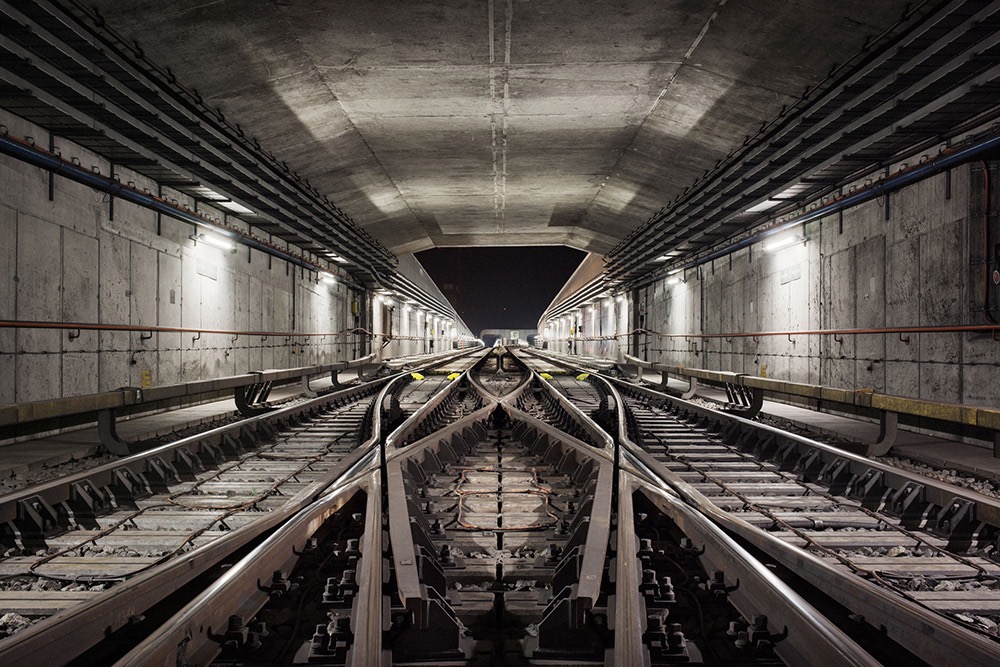
If you’re 3D photogrammetry project is outside which most are, then time is of the essence. Rain doesn’t play well with photogrammetry. If you’re shooting outside, the best times to shoot are on overcast days, or when the sun is overhead. The textures on your meshes will be “baked in”, and so will any shadows. You can also use a drone for low to the ground shots and also for taking photogrammetry stills around sculptures in a room. Drones and tripods produce good, stable photos. Blurry or inconsistent photographs will result in bad photograms and models. Use a top quality drone and if working from the ground use a quality tripod. Specific 3D Photogrammetry Tips 1 – Quality Equipment Produce Excellent 3D Maps and Models The onboard machine vision sensors in the DJI Mavic drone mean I don’t have to worry about crashing into things.


The results have been of the highest quality. My photograms used to be poor quality because they were made from only a couple of dozen or so photographs, but now it’s easy and fun to capture hundreds or even thousands of photos if I need. 10 Top Drone 3D Photogrammetry Tips For BeginnersĮver since I got my drone, my photogrammetry work has just soared to a whole other level.
#Photograv 3d software#
With a quality drone, the right software and some practice, you too can become a 3D photogrammetry and photogram expert.
#Photograv 3d professional#
There are tremendous opportunities for anyone who is able to create professional 3D photogrammetry models and photogram images. It has a 4k camera, excellent stabilization and many intelligent flight modes.
#Photograv 3d pro#
You can read more on the Mavic Pro features here.Īnother top drone which has everything you need for photogrammetry and professional filming in the DJI Phantom 4 Pro. The Mavic Pro is a great option for this type of work. There are very few drones on the market which you can use to fly around sculptures indoors and create 3D images. The Mavic when flying outdoors has a number of intelligent flight modes and collision avoidance sensors which makes it an excellent choice for your aerial photogrammetry work. It flies super smooth indoors and outdoors. In the below 3D photogrammetry tips, the Mavic Pro, which is the latest drone from DJI was used. For more information on this subject, read this introduction to photogrammetry and lidar. We’ve included some videos and also a link to where you can find 3D photogrammetry software applications which is also very important. This article has some excellent drone photogrammetry tips which will help you create some terrific 3D models, maps and DEMS. It is also very beneficial if your drone has waypoint navigation.

You also need a drone which has the best gyroscope, IMU and controllers to fly smoothly. So a quality drone and camera is essential, along with quality 3D software to mesh your photos together.įor real geological surveying, you need a high quality camera which can take photos at exact intervals of say 0.5 or 1.0 second intervals. Now, to create great 3D photogrammetry models and maps (output) you need to collect accurate clear photos (input).

What is great about creating 3D photogrammetry images is that you don’t need any special sensors on your drone. Here are 10 drone 3D photogrammetry and photogram tips for the beginner or anyone using their drone to create 3D models, photogrammetry maps and Digital Elevation Models (DEMS).


 0 kommentar(er)
0 kommentar(er)
